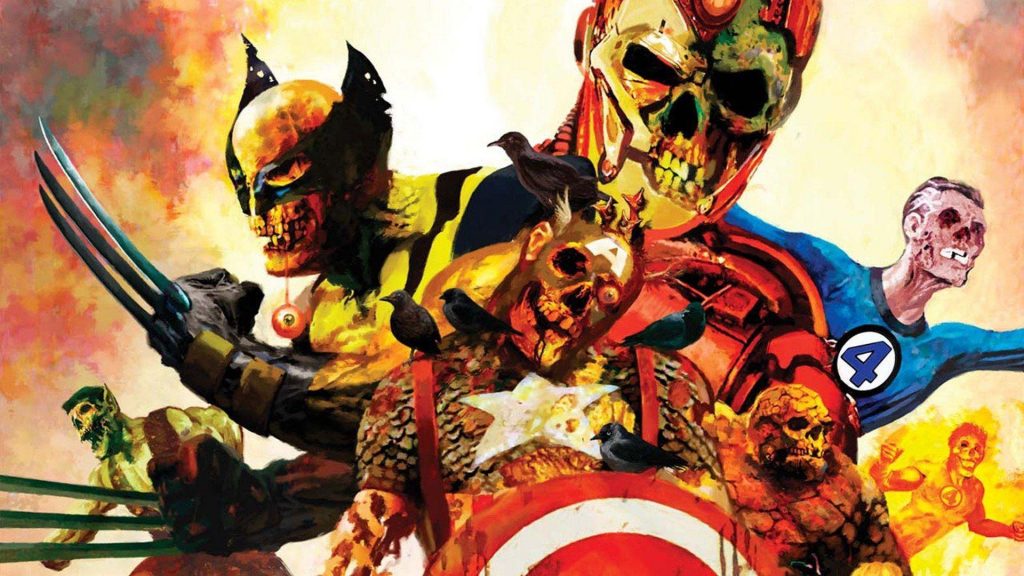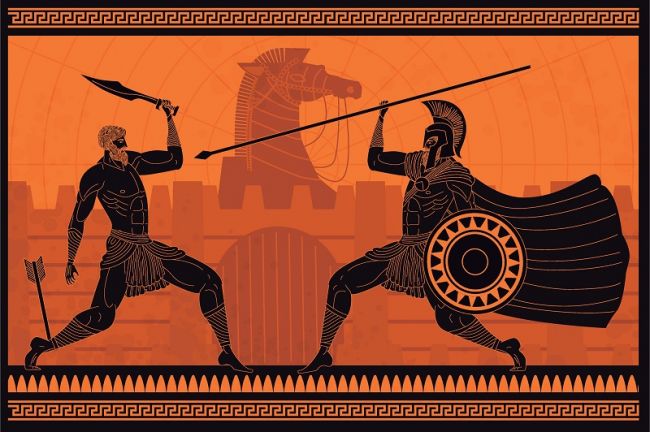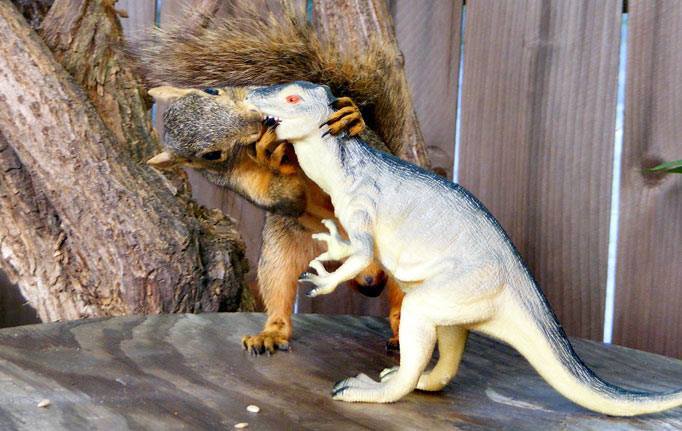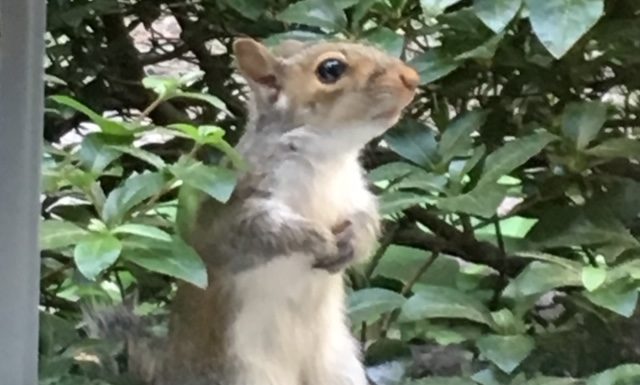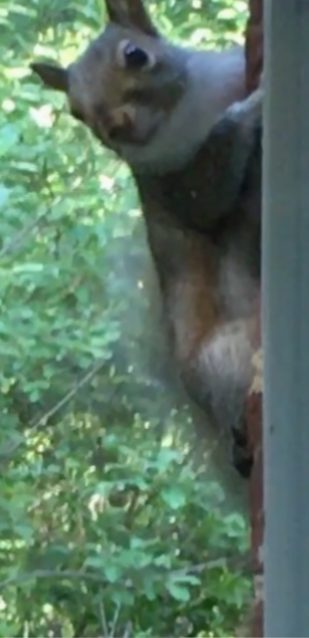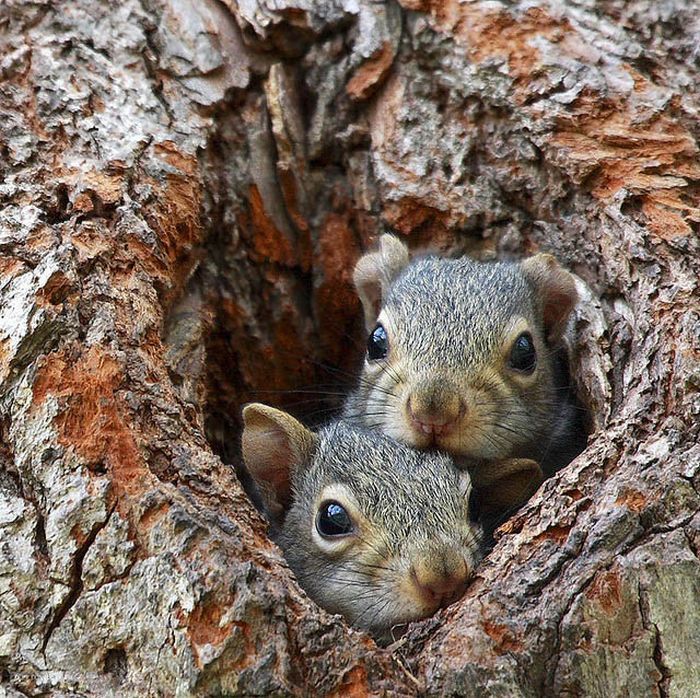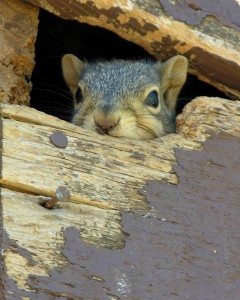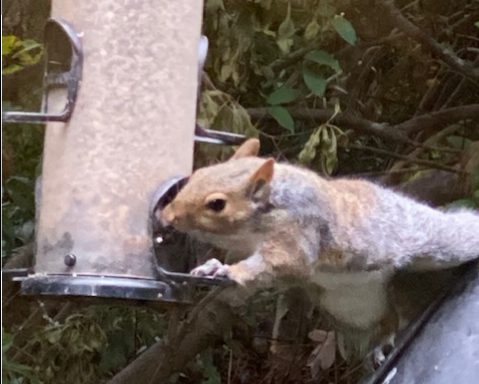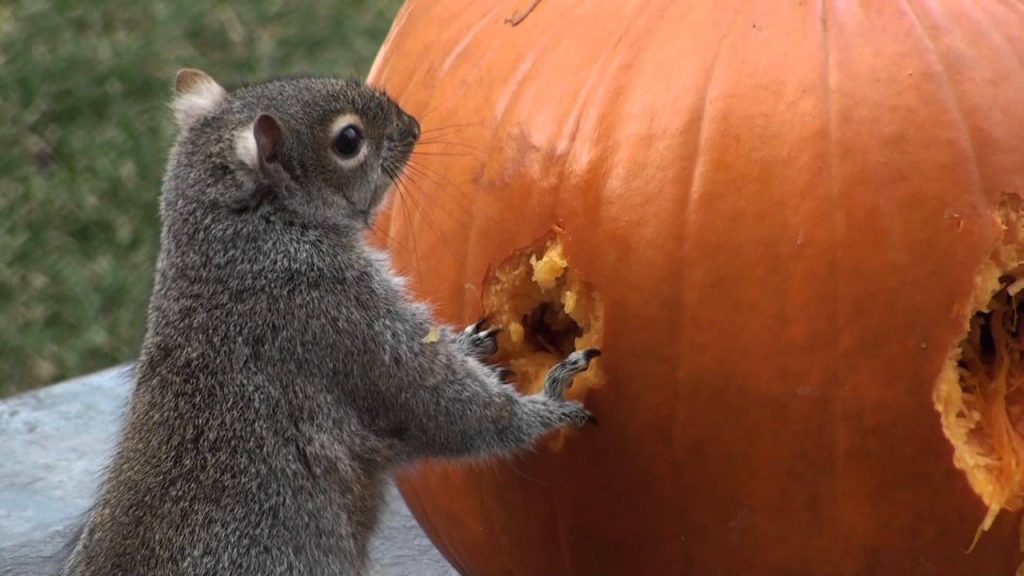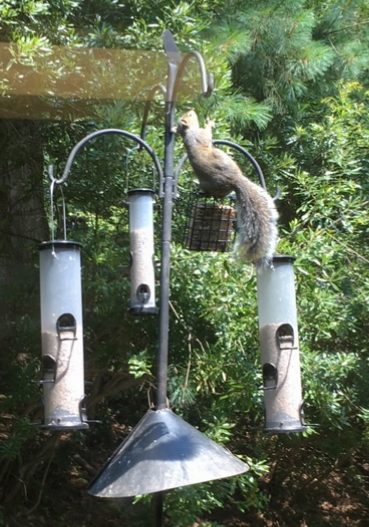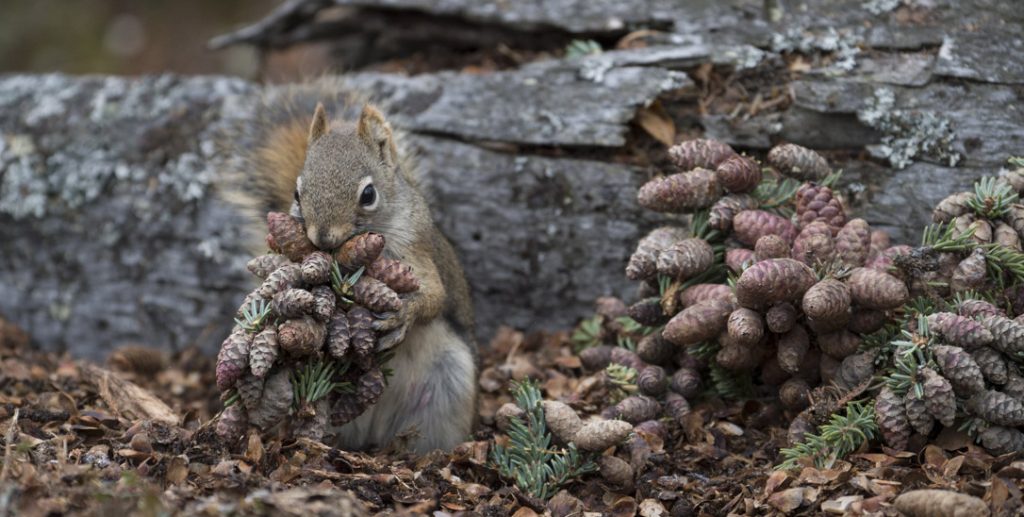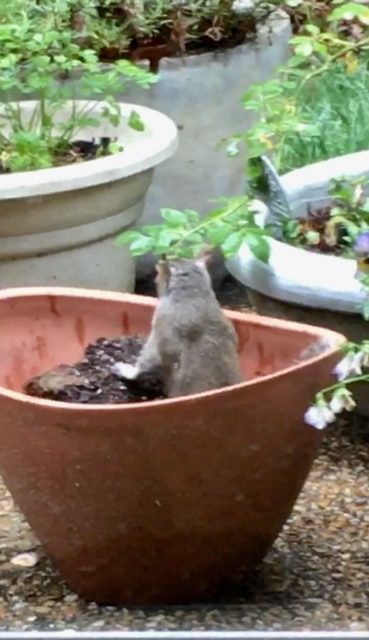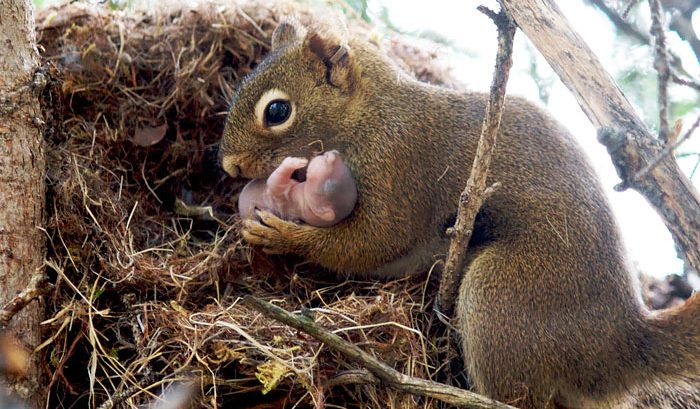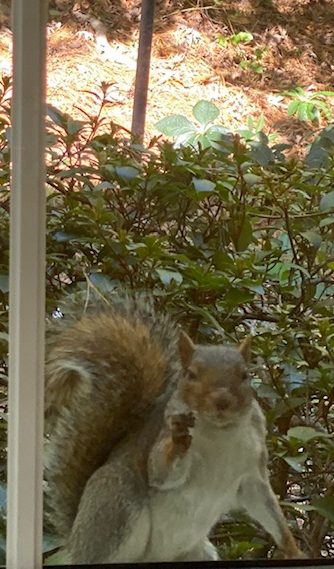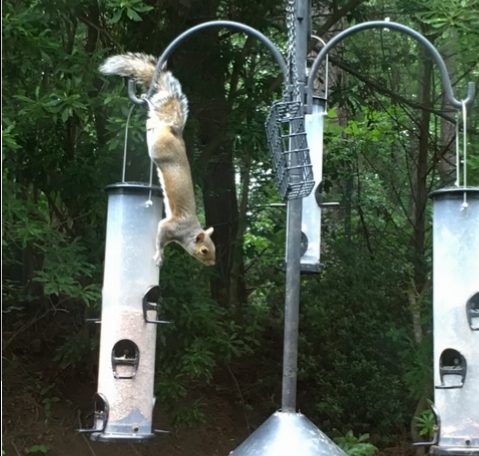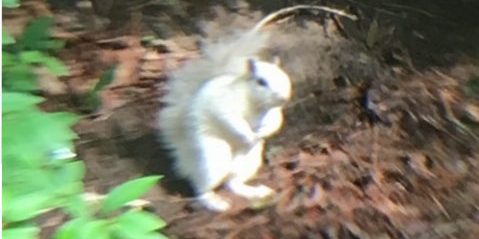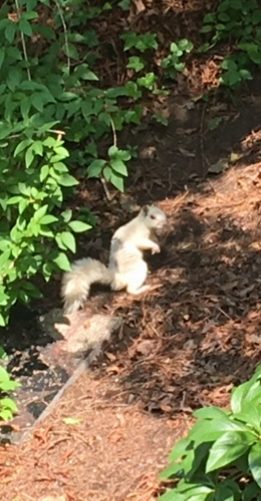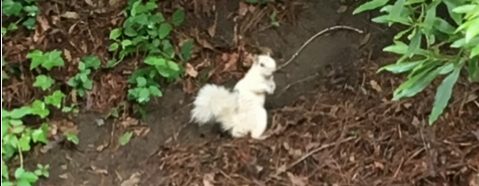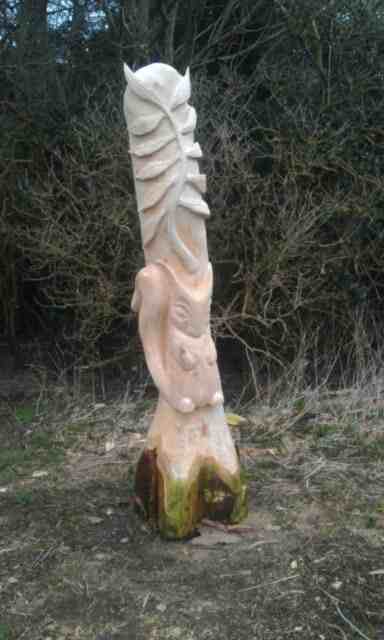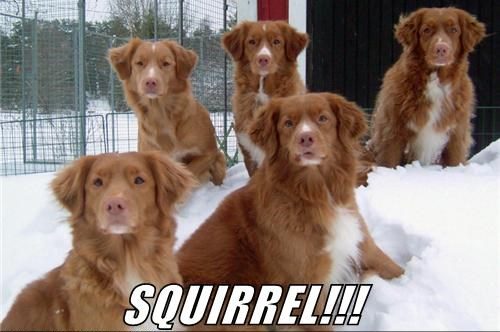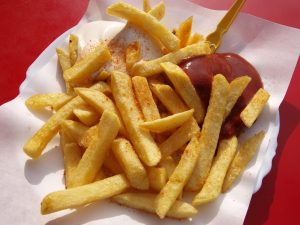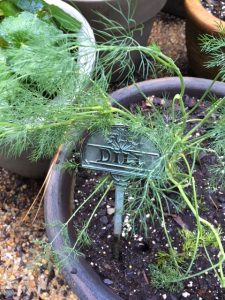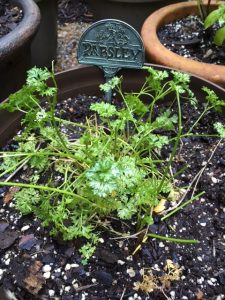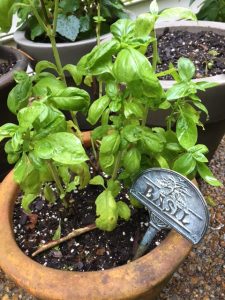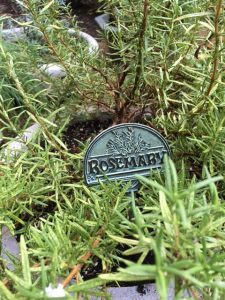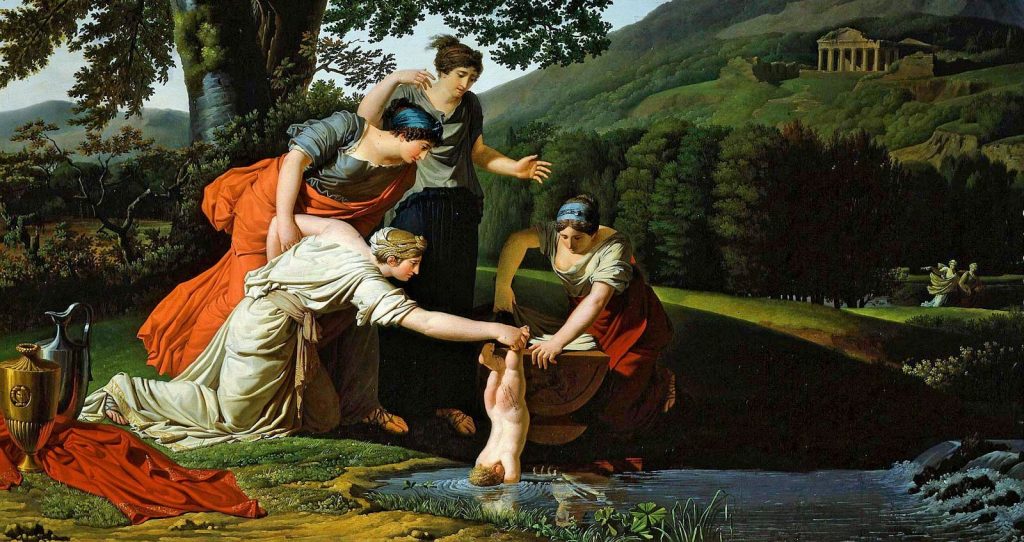
Just about everyone knows that an Achilles heel is a potentially fatal weakness, or vulnerability—even if the story behind the term is vague or missing. The term stems from the Greek legend about the heroic warrior Achilles whose mother tried to make him immortal by holding the infant by his heel and dipping him into the River Styx.
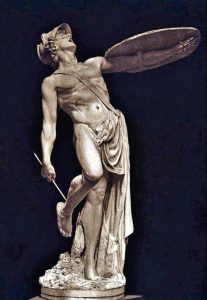
Achilles was killed by an arrow, shot by the Trojan prince Paris. In most versions of the story, the god Apollo is said to have guided the arrow into his only vulnerable spot, the heel that was not dipped in the river.
I think of Achilles as the prototype of all modern day superheroes, with their varied and entertaining versions of Achilles heel.
Note to writers: Don’t make your protagonist too perfect. How can one pull for a character who couldn’t possibly lose?
Editor’s Note: There are almost as many variations of the powers and vulnerabilities of most comic book characters as there are characters. The characterizations provided here refer to the most interesting timelines from among the Golden Age comics, the Silver Age comics, DC’s New 52, Marvel 616, Flashpoint, Universe of M, and the myriad other reboots and multiverses.
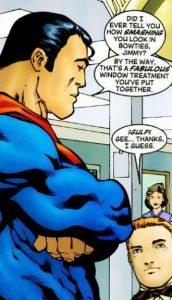
Everyone knows that Superman is crippled by Kryptonite and that’s that. But weakened as he is by green Kryptonite, pink Kryptonite may be even more devastating: it can fundamentally alter his personality in many ways, including hinting at being gay and attracted to Jimmy Olsen. At the time, this would have been seen as a major character flaw (possibly illegal) by the writers and the audience. A sillier effect came from silver Kryptonite, which made Superman act drunk and get the munchies.
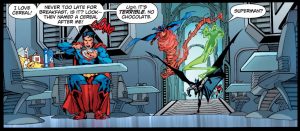
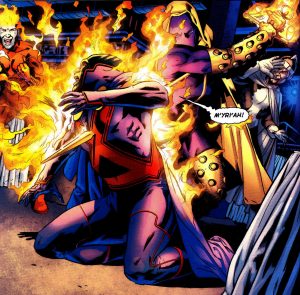
For Martian Manhunter (also known as J’onn J’onzz), the weakness is fire. And it doesn’t need to be a raging inferno, or even a blowtorch, even a book of matches will do. In addition to scalding his exterior, flames scramble his masterful mind. Perhaps there’s a bit of lingering mental trauma from watching his entire planet destroyed by fire.
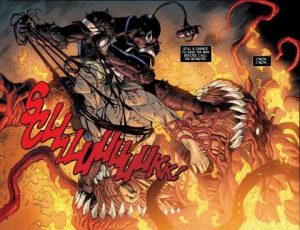
And he isn’t alone: Venom, the symbiote taking advantage of enemies of Spider-Man, could be done in by two seconds exposure to a cigarette lighter. Fire is just about the only way to force Venom to leave his host.
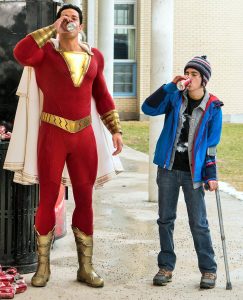
Captain Marvel, Jr. (later renamed Shazam) calls out his superhero name to activate his powers, but if he says his own name (Freddie Freeman) aloud during a battle, he immediately goes back to being a little boy. Thus, he adopts a number of aliases to hide his secret identity and his super identity. This was not a very useful strategy.
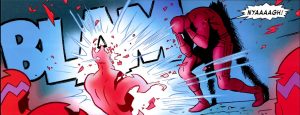
When Daredevil went blind, he developed an echolocation skill that would be the envy of bats, along with a super sense of smell. At the same time, he is susceptible to unexpected loud noises, deafening or supersonic sounds, and noxious odors. He can be rendered unconscious and vulnerable to a follow-up attack.
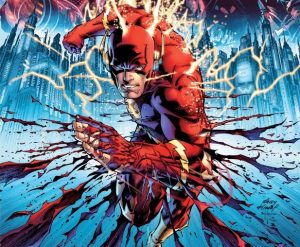
The Flash is one of the few Superheroes—perhaps the only one—to be killed by his own powers. In battling to save the world, he ran so fast that he burst apart into atoms. Apparently he didn’t know that his excessive speed was also his weakness. (He didn’t stay dead long.) When triggering Flashpoint, the Flash was consumed in the Speed Force, where he became lost and stuck for more than twenty years. He can also be slowed down by extreme cold, but that’s not as funny.
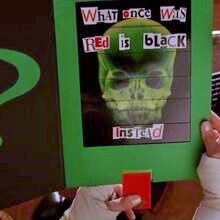
The Riddler is more a supervillsain than a superhero, but even so, not truly deadly. He’s so narcissistic that he wants recognition for his cleverness more than he wants to avoid being caught. Dr. E. Nigma can never complete a crime without leaving clues. His paradoxes are always solvable.
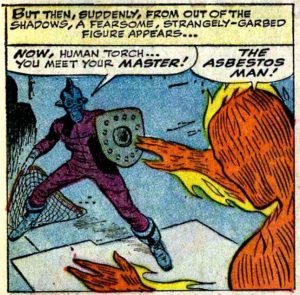
Today the horrible effects of asbestos exposure are well known, but in the 1960’s when Asbestos Man was introduced, it seemed perfectly reasonable to outfit him with an asbestos suit, a fire-retardant shield, and a fisherman’s net to best his arch enemy, the Human Torch.
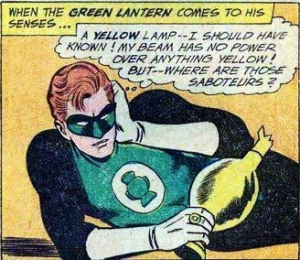
Impurities in the Green Lantern Corp’s rings make them useless against anything yellow. This weakness is easy to exploit and makes for some truly comic plots. His second debilitating weakness is wooden weapons, or even tree bark.
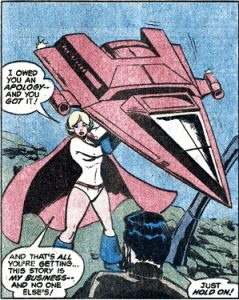
Power Girl was the antithesis of the Green Movement: she was done in by anything in natural in its unadulterated state. Think sticks, stones, cotton, silk, etc., ughh. According to comic book logic, it was because those materials didn’t exist in her home dimension. Power Girl was eventually revealed to be Super Girl, the cousin of Superman, though she did not share his weakness to Kryptonite.
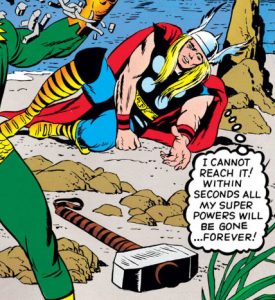
In the early days of Thor, all it took to force him to return to his alter ego of Donald Blake was to get his hammer away from him for 60 seconds. Considering his primary method of attach was throwing the hammer at enemies, one might think he’d make certain nothing could stop its retrieval. Surprising how often that happened!
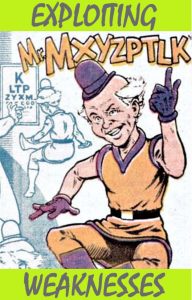
Mr. Mxyzptlk was generally safe, unless someone can convince or trick him into saying his name backwards. If that happens, he’s consigned to his native dimension for three months.
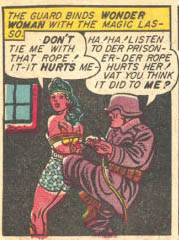
Wonder Woman, the prototypical female with superpowers, had skills to match or exceed those of male superheroes. I find it irritating that her weakness was being tied up by men, her super bracelets tied behind her back. Some of this can be traced back to her creator, William Moulton Marston and his recreational pursuits.

In later years, Wonder Woman joined an increasing number of super-powered heroes and villains with much more relatable weaknesses. In the 2017 film Wonder Woman, Princess Diana is nearly destroyed by despair at the violence in the world.
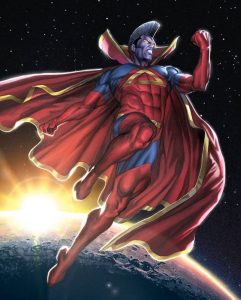
Gladiator can freeze a planet with his breath melt it with his eyes, or shatter it with his bare hands. He runs at superhuman speed, flies like Superman, and is immune to Death Stars. And he’s incredibly good looking. All of this makes his weakness surprisingly humanizing: if he starts doubting himself, all his super powers desert him.
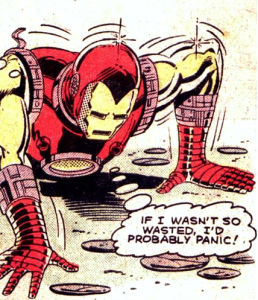
Tony Stark did not have any superhuman abilities, but his mechanical genius allowed him to become Iron Man. However, his alcoholism is still a major liability. By trying to fly and fight while drunk, Iron Man endangers his entire team and any civilians who happen to be nearby.
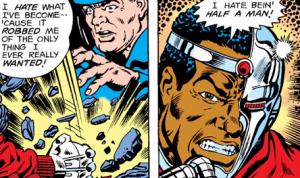
Cyborg must deal with constant internal conflict because of his apparent loss of humanity. After a severe accident, Victor Stone had robot parts melded with his remaining flesh. He cannot survive without the technology grafted to his body, but he battles self-loathing stemming from his belief that the medical procedures made without his consent have robbed him of his humanity.
Bottom line for writers: your protagonist’s Achilles heel doesn’t have to be fatal, or even logical, as long as you have the right backstory for it.
